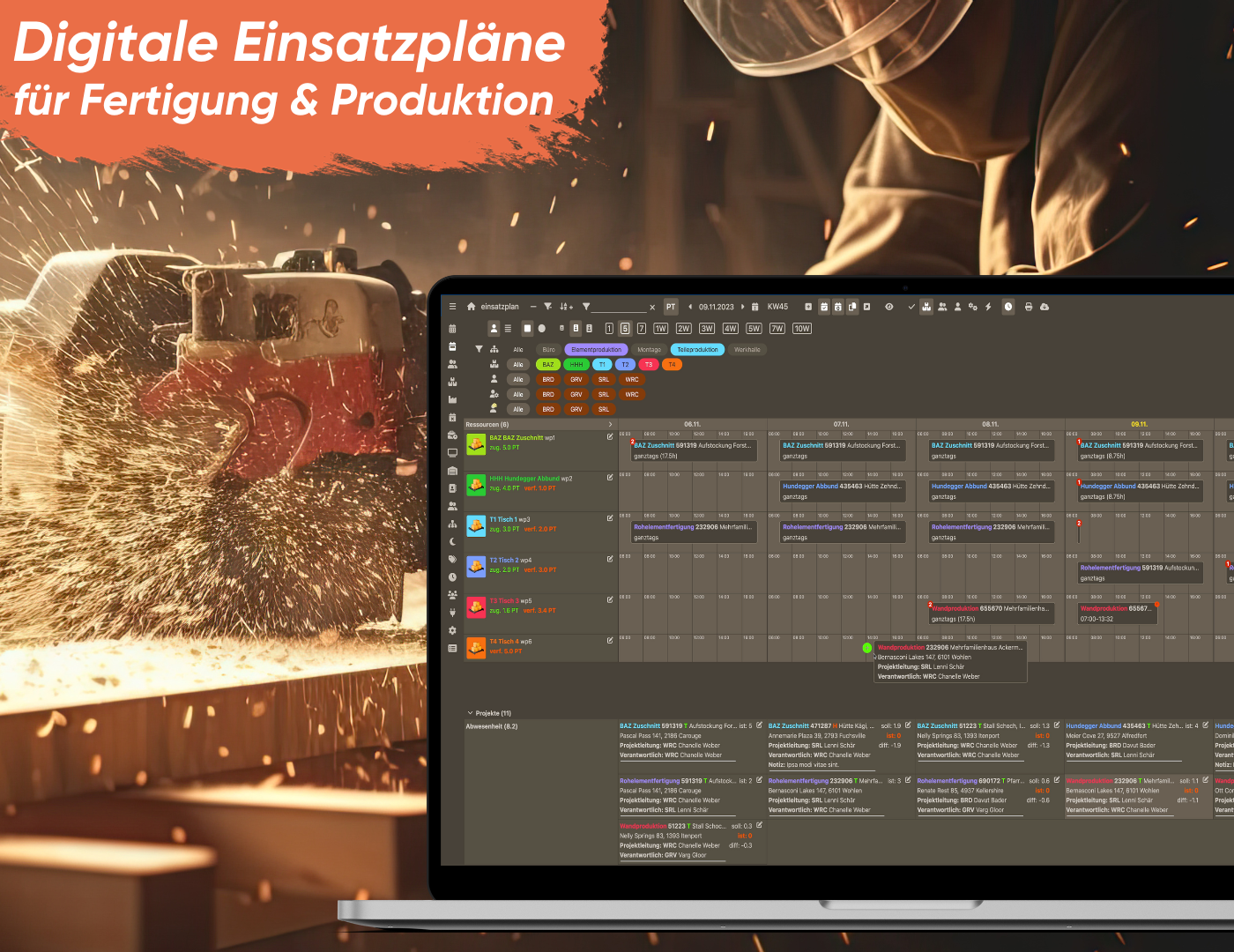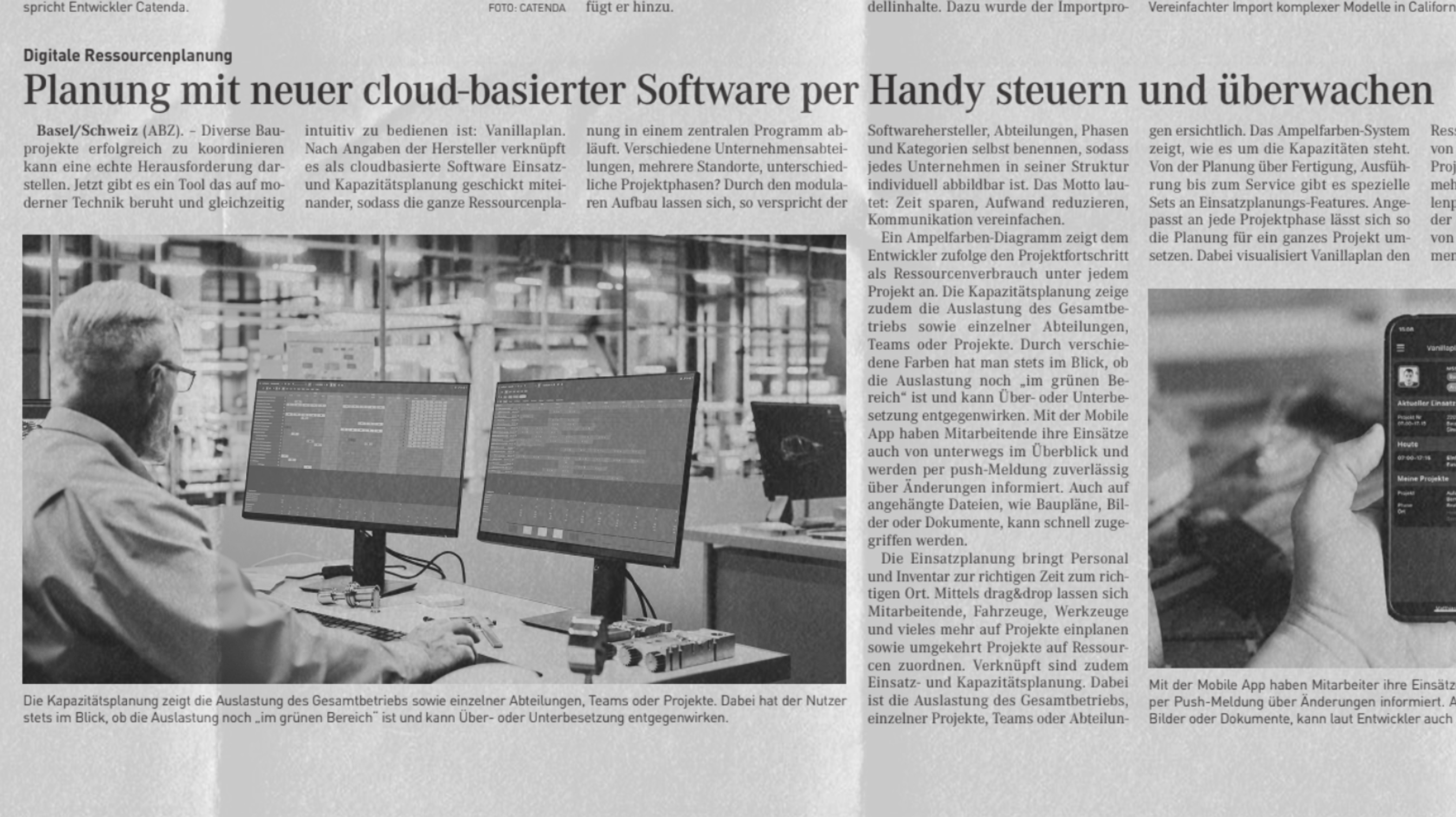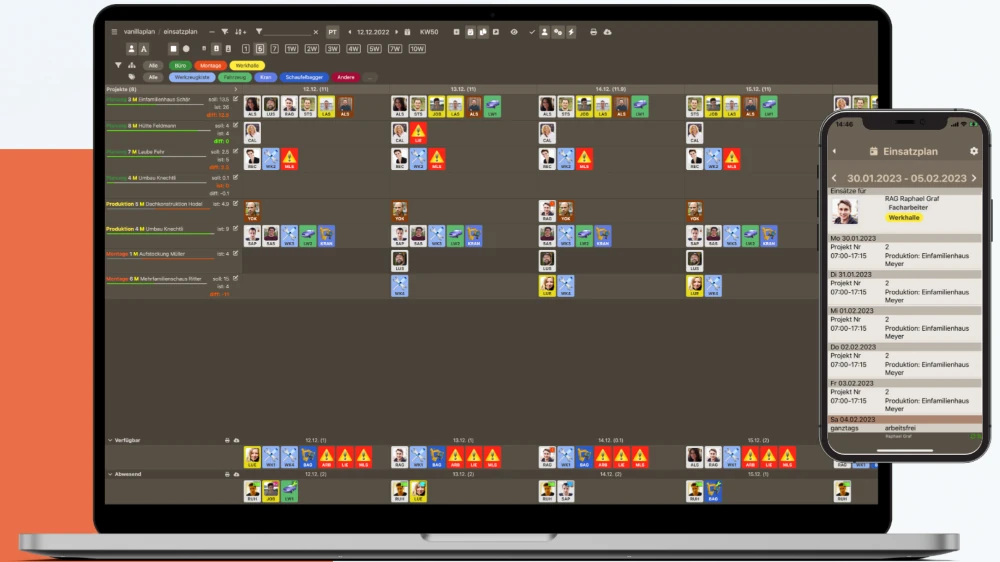Shorter construction times, more reliable production conditions and ultimately relevant time and cost reductions - prefabrication is becoming increasingly important in many areas of the construction industry. Above all, timber construction is probably the most traditional and leading sector to date: Here, time and cost benefits are realised primarily through the significantly shorter assembly times on the construction site, where the previously manufactured components only need to be assembled. Added to this is the much more efficient production of parts in the workshop - without disruption, with suitable materials and regardless of the weather.
In addition to timber construction, prefabrication is now also emerging as a promising option in other trades: under the heading of "modular building technology", building technology is increasingly integrating prefabrication processes with a similar drive. And last but not least, engineering and architectural offices also work according to the prefabrication system in the broadest sense: Plans are produced in collaboration with various employees and at a fixed time.
The Vanilaplan production feature - a set of helpful planning functions
Whether timber parts, building technology components or construction plans - an early production process needs to be planned. This places special demands on planning. After all, machines must be optimally utilised at all times and the collaboration of different employees at workstations and projects must be taken into account.
With our new production feature, we have therefore developed a set of important planning functions for successful production planning in our utilisation and capacity planning tool Vanillaplan. As a basis, relevant workstations for production, i.e. work tables and machines or robots, are recorded and production projects and employees are planned for them. And with these advantages:
Aligned allocation: In order to achieve ideal utilisation of the machines required for the production process, we have developed an aligned allocation. This means that the project is scheduled for the corresponding workstation for its entire duration so that it is carried out without interruptions and completed at a fixed time.
Dynamic planning: Dynamic planning automatically extends or shortens the project duration depending on the number and capacity of those involved. If more employees are assigned, the project duration is shortened; if some employees only work part-time, it is extended. This is particularly relevant for work tables where several employees are working on a project at the same time.
Shift operation: The three-shift system allows the use of machines and robots - and therefore also employees - to be structured in up to three shifts. This serves to increase the continuous utilisation of the machines.
What does this look like in Vanillaplan? - A quick overview
Roughly speaking, the planning process takes place in two steps: Firstly, you simply assign your employees to the workstations, i.e. work tables and machines, in the team view using drag&drop. In a second step, you schedule your projects to the corresponding workstations in the resource view. By linking the two views, project planning in the resource view and employee planning in the team view are harmonised throughout.
In addition, there is an extra view, the "Workstation list", which shows all workbenches and machines with the most important details such as start and end dates or shift assignments. If the end date of a project is not met, this is highlighted in red. This means you always have an overview of the timely completion of your projects and can drag and drop projects forward or schedule more employees to complete them on time.
Two use cases: How and where you can best use the manufacturing feature
Timber construction and building technology
Timber construction and building technology are the classic areas of application for our production feature. You enter your machines, robots and workbenches for production in the resource view, assign the respective project to the workstation - and it is scheduled without interruption so that work on it is continuous and on-time completion is made easier. Dynamic planning is particularly helpful for workbenches so that the number of employees and capacity for the project duration are taken into account and the duration is adjusted accordingly. For machines and robots, on the other hand, shift operation is relevant as this allows them to be utilised efficiently.
Architecture and engineering firms
For architects and engineers, our production feature is used in a slightly different context: instead of the pre-production of materials, the focus here is on the development of construction plans - which, however, requires no less planning security in terms of the end date and collaboration. Instead of workstations with machines or work tables, you create planning stations to which you assign the corresponding 2D or 3D plans. The alined allocation of the plans and the overview of the end date of each plan in the workstation list makes it much easier to complete the work on time. This in turn is based on the automatic adjustment of the completion time of a plan according to the number and capacity of employees.
You can find out more about our schedules for production on our product page.




-1708440372.png)